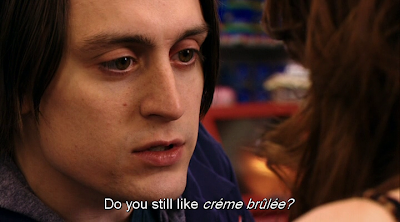The competition to find the 26th horror short to be included in ABCs of Death 2 produced a few gems, proving cinema is alive and well, thank you very much.
M is for Masticate (Robert Boocheck, 2013)
M is for Meat (Wolfgang Matzl, 2013)
M is for Middle (Soichi Umezawa, 2013)
M is for Middle was not selected to be in the final 12, and as such, it won't be included in the collective film, but that's ok, because Soichi Umezawa has the brightest future of them all. What a doozy!






.png)





















